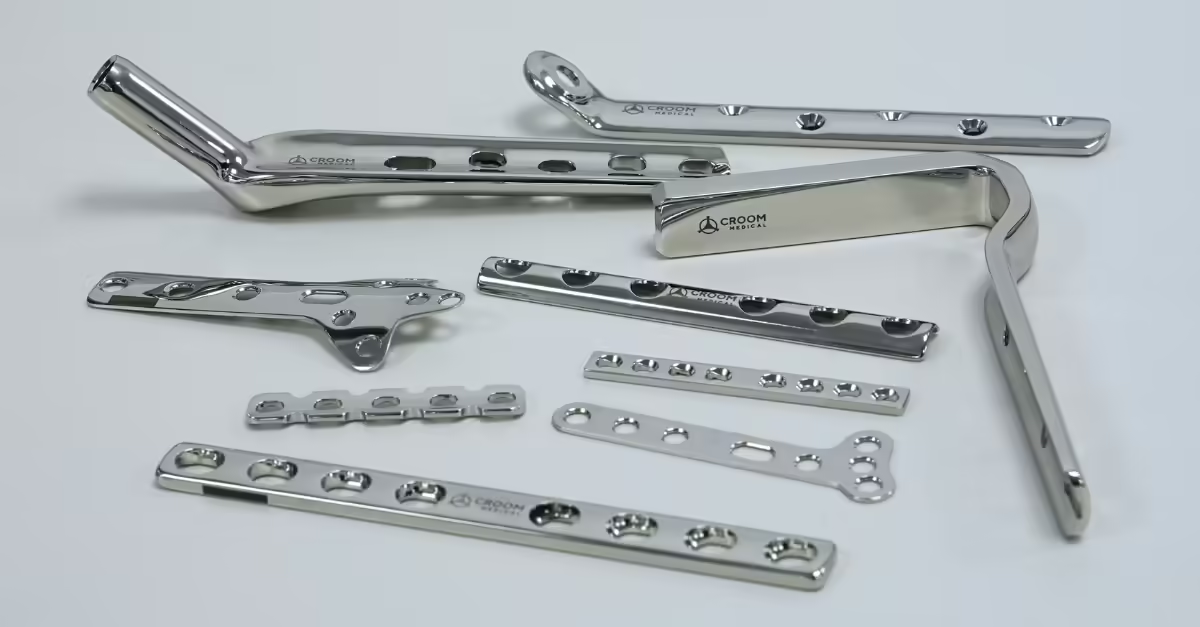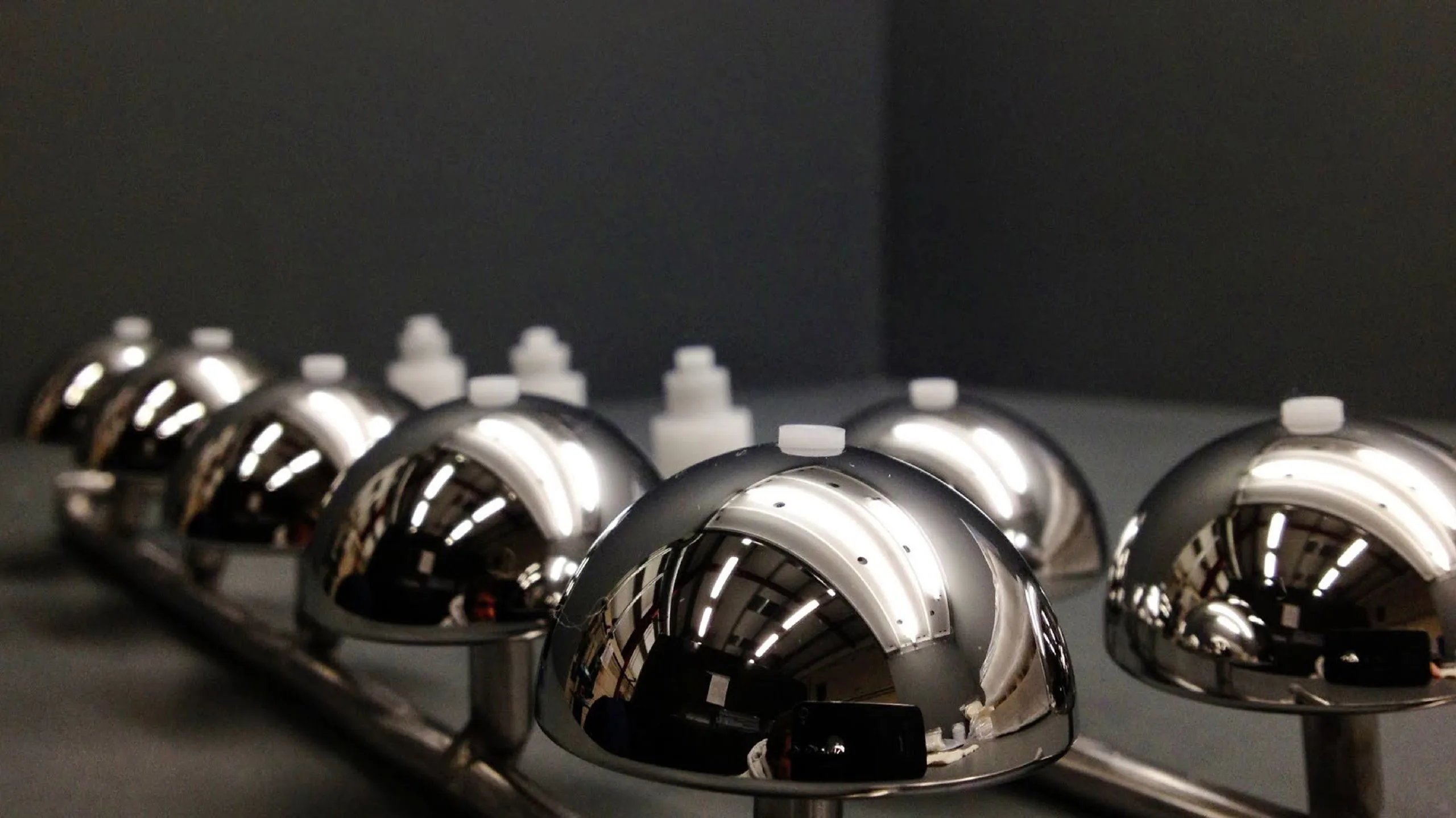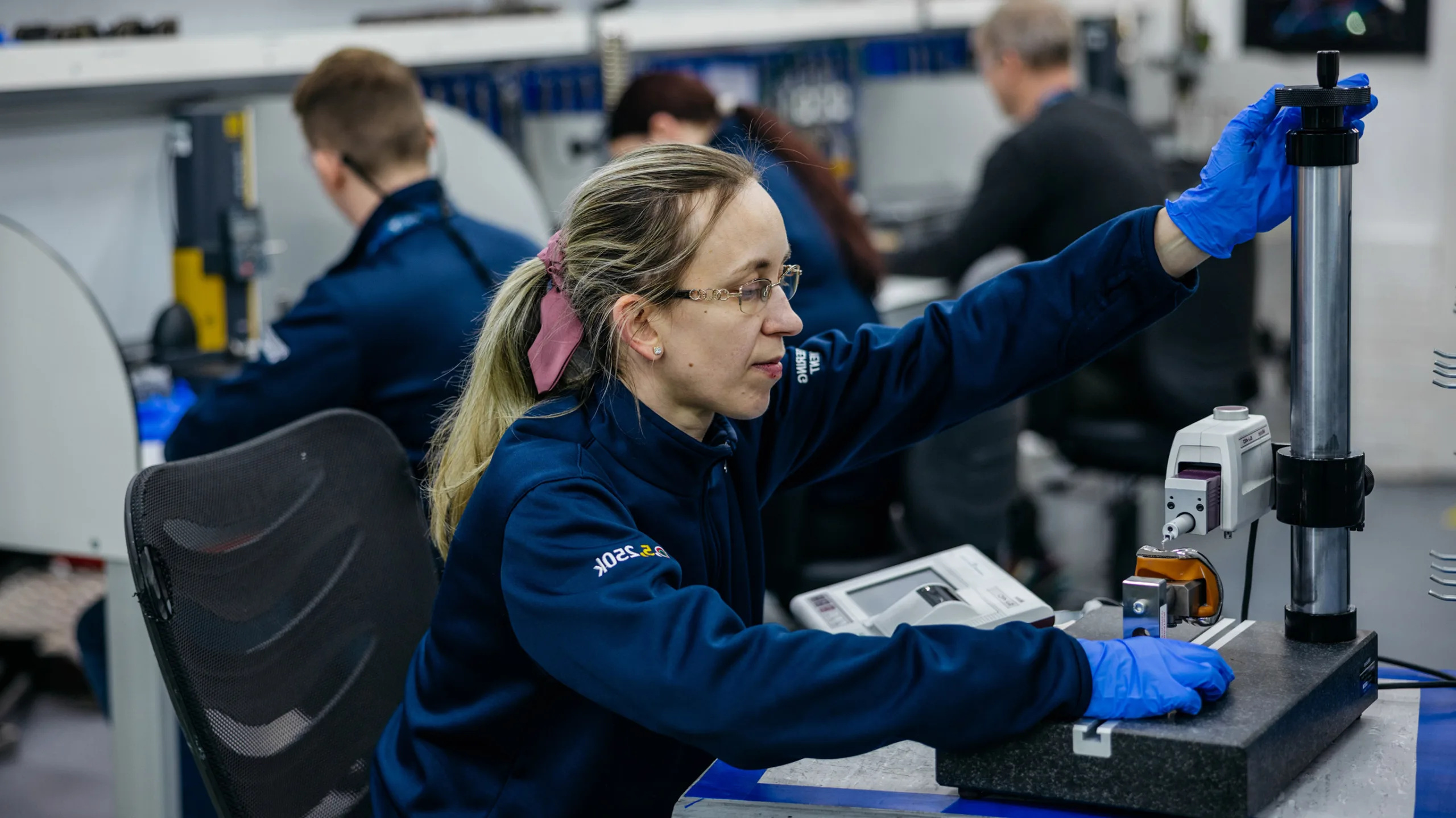
In medical implant manufacturing, precision and quality are critical to patient safety and successful outcomes. Geometric Dimensioning and Tolerancing (GD&T) provides a standardised framework for clearly communicating design intent and ensuring manufactured components meet strict specifications. This symbolic language, used in engineering drawings and 3D models, precisely defines allowable variations in form, size, orientation, and location.
Contract manufacturers play a vital role in verifying adherence to GD&T specifications and quality standards. Close collaboration between medical device OEMs and manufacturers optimizes production, achieving the lowest possible Cost of Goods (COGs) without compromising quality.
Why GD&T is Vital in Medical Implant Production
GD&T is essential in medical implant manufacturing due to the critical nature of these devices and the need for precise functionality. It ensures that intricate features are manufactured with the required accuracy and precision, enabling proper fit, function, and performance. It minimises the risk of implant failure, improves patient safety, and reduces the likelihood of costly rework or recalls.
One significant advantage of GD&T is its ability to define dimensional requirements more accurately than traditional coordinate dimensioning. This allows for larger tolerance zones in some cases, providing over 50% more tolerance zone than coordinate dimensioning. This can lead to increased producibility and cost savings, as it allows for more variation in manufacturing whilst still ensuring the part’s functionality.
Many implants consist of multiple parts that must be assembled correctly. GD&T allows designers to define interchangeable parts and establish the required fit, form, and function. By using GD&T principles, manufacturers can ensure that different components of a medical device can be assembled correctly, minimising assembly errors and enhancing compatibility.
Furthermore, GD&T facilitates clear communication between designers, manufacturers, and inspectors. The standardised symbols and feature control frames used in GD&T minimise the chance of misinterpretation. For example, specifying True Position in GD&T ensures everyone knows where a hole should be located and how much variation is allowed.
The control frame
In GD&T, a feature control frame is used to describe the conditions and tolerances of a geometric control on a part’s feature. It includes four parts:
1. GD&T symbol/control symbol: Indicates the type of geometric control being applied, such as flatness, straightness, or circularity.
2. Tolerance zone type and dimensions: Specifies the shape and size of the tolerance zone within which the feature must lie.
3. Tolerance zone modifiers: These modifiers provide additional information about the tolerance zone, such as material condition modifiers or features of size.
4. Datum references: These references establish a coordinate system for the part and define the relationship between features.
- Combined, the feature control frame provides all the information needed to measure the geometric tolerance of the features of the part and determine if the part is in spec.
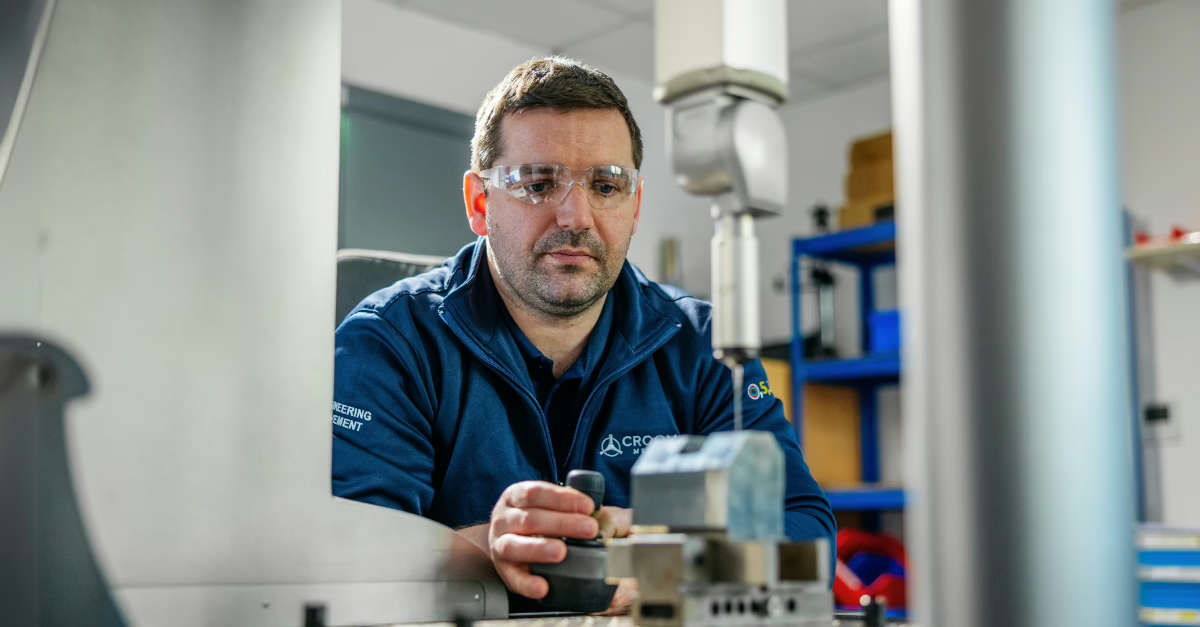
Advanced Inspection Equipment at Croom Medical
As a contract manufacturer of medical device implants, Croom Medical leverages a range of advanced inspection equipment to ensure quality and dimensional accuracy. This equipment includes:
• CMM (Coordinate Measuring Machines): High-precision CMMs from leading manufacturers include the Mitutoyo Crysta-Apex S574 and the Hexagon Global S, which offer exceptional accuracy and repeatability for measuring complex implant geometries.
• Mitutoyo Gauges: A wide variety of Mitutoyo gauges are used for various inspection tasks.
• Height Gauges: Mitutoyo height gauges, such as the 570 series with ABSOLUTE linear encoders, provide accurate height measurements for implant components.
• 3D Roughness Gauges: Mitutoyo’s Surftest SJ-310 and SJ-500 series surface roughness testers 8 assess the surface finish of implants, ensuring they meet the required specifications for biocompatibility and performance.
• Functional Gauges: Bore gauges, calipers, and micrometers measure specific features and dimensions of implants.
Gauges Used in Medical Implant Manufacturing
The following are examples of Mitutoyo gauges commonly used in medical implant manufacturing:
• Micrometers: For precise measurement of external dimensions, such as the diameter of a femoral head or the thickness of a bone plate.
• Calipers: For measuring internal and external dimensions, distances, and depths of implant features.
• Bore Gauges: For accurate measurement of internal diameters, such as the bore of a femoral stem or the inner diameter of a bone screw.
• Depth Gauges: For measuring the depth of holes, recesses, and other features in implants.
• Indicators: For measuring small displacements and variations in surface contours.
• Thread Gauges: For verifying the accuracy of threads on bone screws and other threaded implants.
• Form Measuring Instruments: For assessing the form and profile of complex implant surfaces.
• Surface Roughness Testers: For measuring the surface roughness of implants to ensure biocompatibility and functionality.
These gauges, along with other advanced inspection equipment, play a crucial role in ensuring the quality and dimensional accuracy of medical implants.
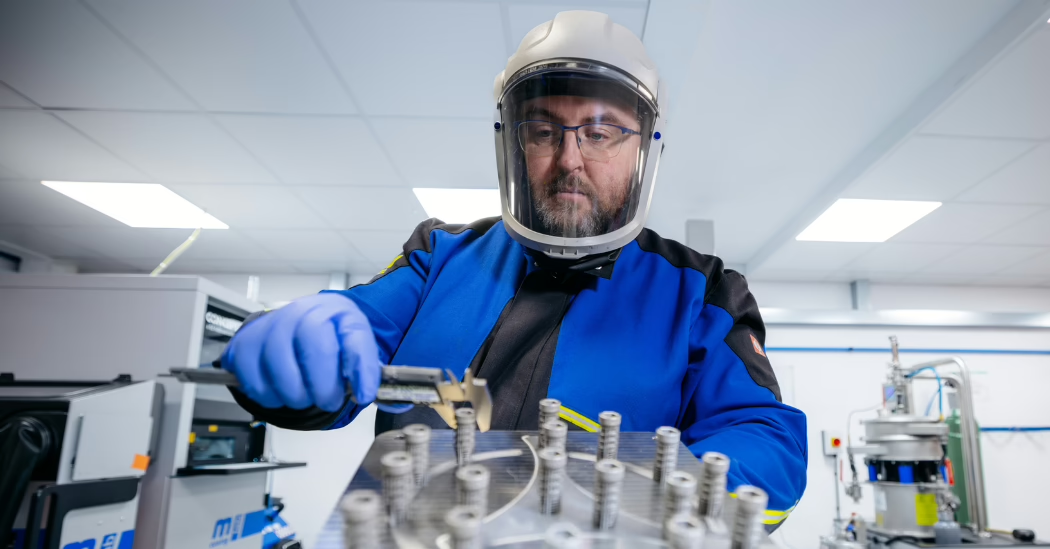
The Crucial Role of Contract Manufacturers for Inspection
Contract manufacturers provide specialised expertise and advanced equipment to ensure the quality and compliance of medical implants. These services are particularly valuable for medical device OEMs who may not have the in-house resources or capacity to conduct comprehensive inspections.
Contract manufacturers offer a wide range of inspection methods, including:
• CMM Inspection: Coordinate Measuring Machines (CMMs) are highly accurate devices used to measure the dimensions and geometry of components. Crucial for verifying that medical implants meet the specified tolerances.
• Vision Measurement: Vision measurement systems use cameras and software to capture and analyse images of parts. This method is effective for inspecting complex shapes and surface features.
• CT Scanning: Computed Tomography (CT) scanning provides non-destructive inspection of internal and external features. CT scanning is particularly useful for inspecting implants with complex internal geometries.
• Optical Comparators: Optical comparators project magnified images of parts onto a screen for visual inspection. This method is suitable for inspecting small features and surface details.
Contract inspection providers play a crucial role in ensuring compliance with regulatory bodies like the MHRA and FDA, reducing the risk of regulatory issues and product recalls. They assist with process validation protocols, including Installation Qualification (IQ), Operational Qualification (OQ), and Performance Qualification (PQ), to confirm that manufacturing processes consistently meet specifications.
Additionally, contract inspectors evaluate facility layouts for compliance and operational efficiency, ensuring workstations, equipment, storage, and material handling are optimally arranged. They are also vital in supplier qualification and raw material inspection, conducting audits and performance evaluations to maintain high-quality standards and prevent defects in final products.
The FDA’s Medical Device Single Audit Program (MDSAP) exemplifies collaboration between manufacturers, regulators, and auditors to streamline audits and reduce costs, enabling a single audit to meet requirements across Australia, Brazil, Canada, Japan, and the U.S.
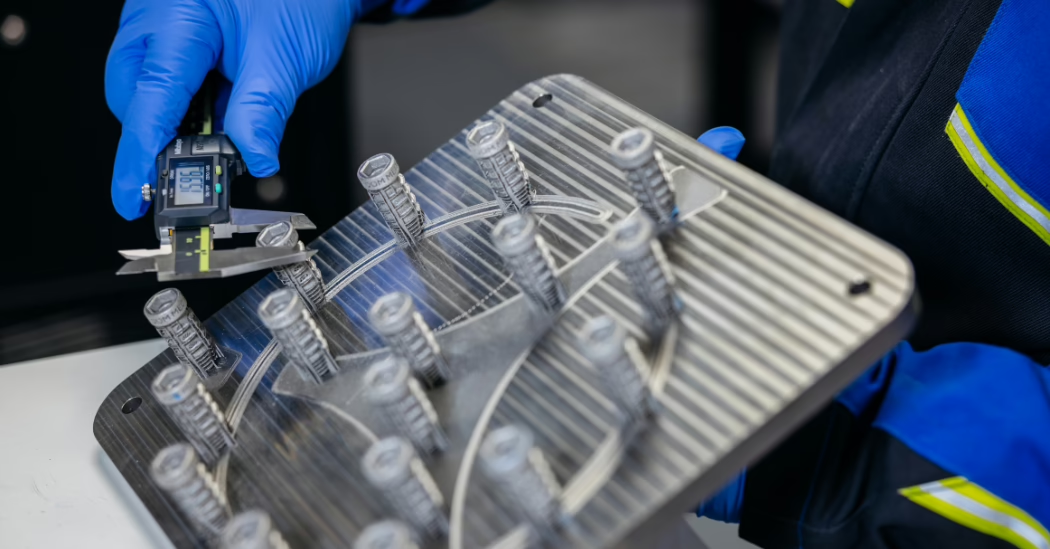
Project Collaboration for Cost Optimisation
Project collaboration between medical device manufacturers and contract inspection providers is essential for achieving the lowest total cost for Cost of Goods (COGs) in medical implants. By working together closely, manufacturers and inspection providers can optimise the entire manufacturing process, from design to final inspection. This collaboration can lead to:
Design Optimisation
Early involvement of contract inspection providers helps identify manufacturing challenges and GD&T issues before production, avoiding costly rework and delays.
Manufacturing Optimisation
Collaboration between manufacturers and inspection providers allows efficient inspection planning, reducing time and costs while maintaining quality. They also optimise processes such as machining and finishing to enhance efficiency and cut production costs.
Inspection Optimisation
Identifying quality issues early reduces scrap and rework, significantly lowering costs. Effective collaboration ensures clear communication and faster turnaround times.
Lights-Out Manufacturing
Combining GD&T with automated inspection enables lights-out manufacturing—automated production with minimal human interaction—leading to greater efficiency and reduced labour costs.
Patient-Centric Approach
Collaboration ensures devices are designed with patient and healthcare provider needs in mind, resulting in safe, effective, user-friendly, and comfortable implants.
Cost Reduction Strategies
Project collaboration can also lead to the implementation of specific cost reduction strategies in implant procurement. These strategies may include:
• Line-item cost reduction: Negotiating lower component prices.
• CAP pricing: Setting a maximum implant price.
• Matrix pricing: Volume-based tiered pricing
By implementing these strategies, healthcare providers can reduce the cost of implants without compromising quality or patient care.

Conclusion
GD&T and contract inspection are crucial in medical implant manufacturing, ensuring precision, accuracy, and compliance. Close collaboration between OEMs and CM providers optimises production, reduces Cost of Goods (COGs), and maintains high-quality standards. This collaboration is vital for patient safety, improved implant performance, and success in the competitive medical device industry. Manufacturers should proactively engage contract inspection providers to leverage their expertise, reduce costs, enhance quality, and improve patient care.
Looking for expert guidance on your next joint replacement implant manufacturing project? Whether your project involves large-scale production or custom, high-complexity implants, Croom Medical has the expertise and technology to deliver superior results.
Connect with Croom Medical’s highly experienced joint replacement implant manufacturing team for tailored solutions and industry-leading expertise. Contact us today.
